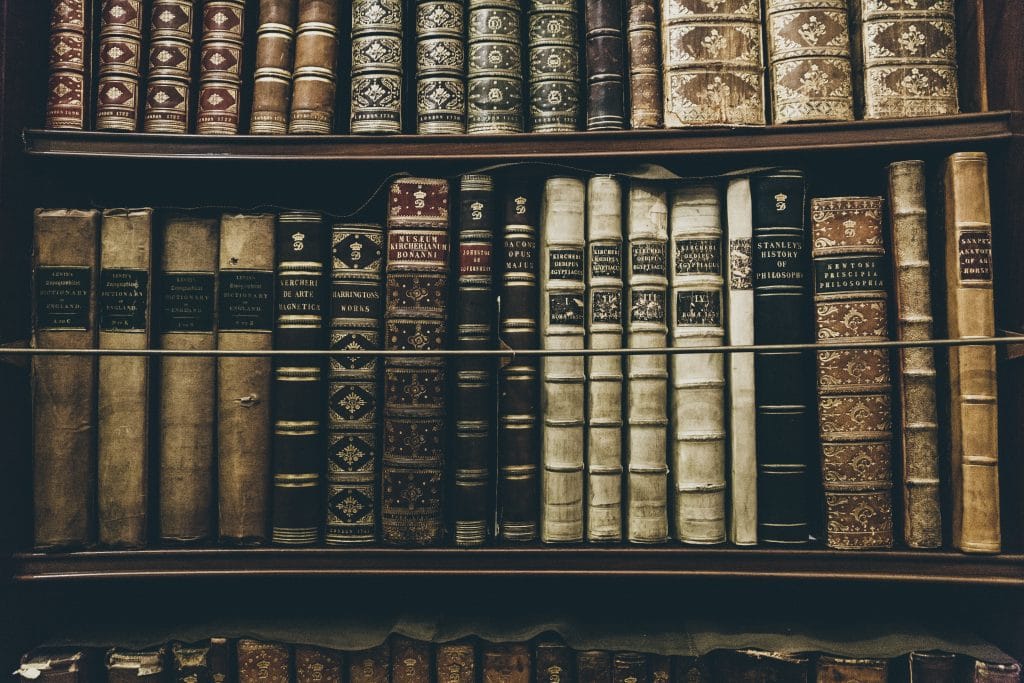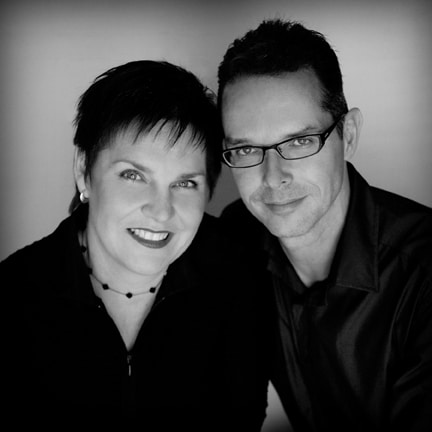
The major events that have created the system of Reiki
(please use the Glossary to find out more about each of the people, places or events discussed)
Hardly a day goes past without someone contacting us with the words, ‘I’m so confused – what are all these sorts of Reiki?’
Viewpoints about the system of Reiki and its past are numerous. On our new website we have many pieces about the history of Reiki and its teachers as well as modern teachers and their teachings. But let’s look at a potted version of what has happened to the system since its beginnings in the early 1900s.
1860-1915
In 1865 Mikao Usui was born to a samurai family descended from the Chiba clan. He studies martial arts and reaches a high level called Menkyo Kaiden within the art around 1890[[Suzuki san, born in 1895 and a cousin of Mikao Usui’s wife. Suzuki san is still alive today according to her student Chris Marsh.]]. Mikao Usui marries Sadako Suzuki and they have a boy, Fuji and a girl, Toshiko. He becomes a lay Tendai priest[[Mariko Suzuki]].
1915-1920
Suzuki san, Mikao Usui’s cousin, studied with Mikao Usui formally from 1915 until 1920 (and communicated with him informally until his death). She states that the first teaching to his students (12 of whom are claimed to still be alive) were the precepts. He also gave meditations and mantras for his students to practise. She said that during this period he became well known as a healer even though his initial teachings were based on strengthening one’s spirituality rather than direct healing. Mikao Usui used a reiju that was in fact a ‘spiritual blessing’ for his students. This was the forerunner to what is known as an attunement today. The Reiju was not created to attune/empower or transform someone, it was merely intended as a spiritual blessing. What was taught at this time appears to have been based strongly on traditional Japanese cultural and religious mores without it actually becoming a religion.
1920-1926
A group of nuns, two of whom were called Tenon in and Yuri in, worked with Mikao Usui from 1920 until he died[[Dave King claims to have had contact with Tenon in and supplies this information.]] In 1922 Mikao Usui climbed Mt Kurama and practiced an austerity training culminating in a deeper or different understanding of his spiritual practices[[Memorial Stone of Mikao Usui in the Saihoji Temple, Tokyo.]] The Usui Reiki Ryoho Gakkai is created by Mikao Usui one month later in Tokyo[[Memorial Stone of Mikao Usui.]] and is set up to cater to naval officers and other lay people. The symbols are introduced to the system to help those who had difficulty sensing the energy within them and in 1925 Mikao Usui moves to Nakano outside of Tokyo. A number of healing centers are set up[[Frank Arjava Petter’s research.]] Chujiro Hayashi, a retired naval officer and surgeon, studies with Mikao Usui in 1925. It is guessed that he may have written the first hand position manual for Mikao Usui. Some of Mikao Usui’s students become well known such as Toshihiro Eguchi and Kaiji Tomita. In 1926 Mikao Usui died of a stroke.
1927-1933
Chujiro Hayashi practiced under the auspices of the Usui Reiki Ryoho Gakkai until 1933 when he opened his own centre. The Usui Reiki Ryoho Gakkai continued to practise in quiet and still exists today. Some modern researchers have said that Chujiro Hayashi never had time to finish Shinpiden (teacher level) and he and the other naval officers merely emulated the reiju used by Mikao Usui.
1933-1938
It is believed that Chujiro Hayashi began the first actual commercial centre where people would come for healing and practitioners would work on them. Chujiro Hayashi wrote that he had taught 13 Reiki Masters by 1938. From 1936-1938 Hawayo Takata, an American born Japanese woman studied with him and became one of these Reiki Masters. Other students of his were Chiyoko Yamaguchi (whountil recently taught in Kyoto with her son Tadao), his wife – Chie and Tatsumi. We understand that there are other practitioners trained by him alive in Japan today. Chujiro Hayashi’s teachings were from the latter period of Mikao Usui’s life and may have been adapted by him to suit a more technical and clinical approach to the system rather than a spiritual one.
1938-1980
Hawayo Takata took the system of Reiki back to Hawaii, US and set up the first non-Japanese Reiki clinic. It seems that what she taught technically was in line with her teacher’s teachings. She did not teach the chakra system and neither did Chujiro Hayashi. Instead, her diary relates that she knew of and taught about the hara method. Her historical knowledge of the system on the other hand varied according to the time and occasion it was told in.
Chujiro Hayashi died in 1940 and his wife continued teaching in his place.
By the mid -1970s Hawayo Takata realized that she needed students to pass on what she had taught. She trained, in total, 22 students to teach the system of Reiki, as she knew it. Hawayo Takata died in 1980. During this period there were still people practising in Japan who were taught by Mikao Usui and his students. These students/teachers appear to have had no inclination to contact the strands of the system that were being practiced in the West.
1980-2003
After Hawayo Takata died her students began to set up their own practices and create Reiki groups and associations. Debate began over what was the true system of Reiki. A group called The Reiki Alliance standardized the Western system and taught what they called Usui Shiki Ryoho. Hawayo Takata’s granddaughter was their head and the term ‘Grandmaster’ was created to reflect her position. This term had not been used in the system of Reiki in either Japan or the West previously.
Barbara Weber Ray, another Reiki Master of Hawayo Takata, began her system calling it The Radiance Technique and claimed to have the only true teachings. These teachings appear to be influenced by her New Age beliefs.
Other students, including Iris Ishikuro and her student Arthur Robertson, drew more New Age concepts into the system of Reiki during the 80s. It was at this point that mythological Tibetan teachings entered the scene. People began to channel information from spirits and guides and the system of Reiki took on a new life quite different from its Japanese origins.
The Westernized version returned to Japan in the 1980s and these modern, western teachings became very popular there – just as they had in the West. It was not until the 1990s that research began to provide the fascinating facts that early teachings of Mikao Usui and his students were still being practiced in Japan. The new millennium has brought with it a gradual opening up by the Japanese. Amongst some of these older teachings that have come to the light are:
The traditional Usui Reiki Ryoho Gakkai has a member, Hiroshi Doi, who has taught Westerners branches such as Usui Reiki Ryoho and his own Gendai Reiki Ho.
Chiyoko Yamaguchi, a student of Chujiro Hayashi, teaches today, as does her student Hyakuten Inamoto.
Chris Marsh is slowly passing on Suzuki san’s knowledge of the early teachings to the West as well.
All in all it is an exciting time to be involved with these teachings and to know that as practitioners we can continue to learn and upgrade our knowledge and personal experience.
Bronwen and Frans Stiene are the co-founders of the International House of Reiki and co-authors of The Reiki Sourcebook, The Japanese Art of Reiki, Your Reiki Treatment, The A-Z of Reiki Pocketbook and the Reiki Techniques Card Deck. Bronwen and Frans teach in the USA, Europe and Australia. Visit the Courses page to find a course near you.


Comments 1
Yes , it is indeed an exciting time to be involved with these teachings and to learn and upgrade/ understand through direct personal experience to see what it is all about. Thank you for sharing the history and time lines.